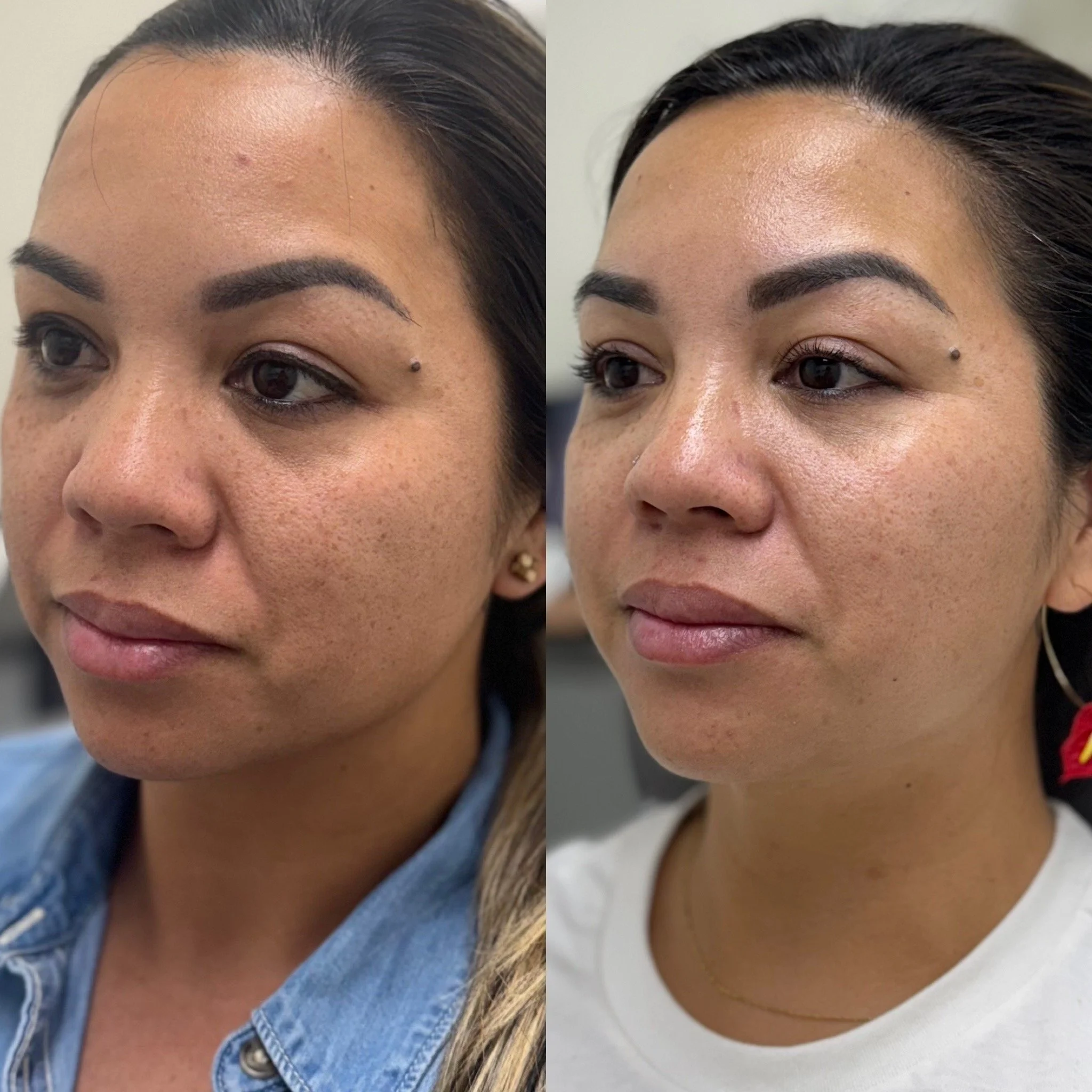What You Need to Know About IPL Facials
If you’ve been searching for a powerful way to refresh your complexion, reduce pigmentation, and restore a natural glow, Intense Pulsed Light (IPL) facials might be your new best friend. At FitLab Hawaii in Hilo, we offer professional IPL treatments designed to target sun damage, dark spots, redness, and early signs of aging—helping your skin look as vibrant as the Big Island itself.
What Is an IPL Facial?
IPL (Intense Pulsed Light) therapy, often called a photofacial, is a non-invasive treatment that uses broad-spectrum light to penetrate deep into the skin. This light energy targets pigmented cells, broken capillaries, and stimulates collagen production, resulting in smoother, more even-toned skin over time.
Unlike laser treatments, which use a single wavelength, IPL uses multiple wavelengths to treat a range of skin concerns in one session.
Common Skin Concerns IPL Can Improve:
Sun damage and age spots
Rosacea and facial redness
Uneven skin tone
Fine lines and enlarged pores
Acne scars and broken blood vessels
Results after 3 IPL treatments.
How to Prepare for Your IPL Facial in Hilo
To ensure optimal results and reduce the risk of side effects, we recommend following these pre-treatment guidelines:
1. Avoid Sun Exposure
Hilo’s sunshine is beautiful, but UV rays before an IPL treatment can increase the risk of irritation. Stay out of direct sun and tanning beds for 2-4 weeks before your appointment.
2. Stop Using Active Skincare Ingredients
Discontinue products with retinol, glycolic acid, salicylic acid, and vitamin C 3-5 days before your IPL session to avoid increased skin sensitivity.
3. Skip Waxing and Harsh Treatments
Hold off on chemical peels, waxing, or exfoliation for at least one week before your appointment.
4. Arrive With Clean, Bare Skin
No makeup, moisturizer, or sunscreen on the treatment area. Your skin should be clean and dry for the best light penetration.
What to Expect During Your IPL Treatment at FitLab Hawaii
Your comfort is our priority. Here’s what a typical IPL session looks like:
We’ll begin with a consultation to ensure IPL is right for your skin.
A cooling gel is applied to your face to reduce any discomfort.
You’ll wear protective eyewear while our licensed practitioner uses a handheld IPL device to deliver precise pulses of light.
You may feel a warm snapping sensation—similar to a rubber band flick—but most clients describe it as very tolerable.
⏱ Treatment time: Usually 30–45 minutes.
IPL Aftercare: What Happens Next?
After your IPL session, your skin may look a little pink or flushed—this typically fades within a few hours. You may also notice dark spots temporarily becoming more pronounced before flaking off, revealing clearer skin beneath.
Key Aftercare Tips:
Avoid sun exposure and wear a mineral SPF daily (SPF 30+).
Do not pick or scrub the treated areas—let any darkened spots slough off naturally.
Hydrate and moisturize with gentle products.
Skip harsh skincare products for 5–7 days post-treatment.
You’ll see gradual improvements after one session, but for best results, we recommend a series of 3–5 IPL treatments spaced about a month apart.
Why IPL Helps Your Skin Radiate Beauty
IPL works at a cellular level to improve skin tone, clarity, and collagen production. This means:
Brighter, more even skin
A reduction in redness, sunspots, and pigmentation
Smaller pores and smoother texture
A natural glow without makeup
In Hawaii’s humid climate, many of our clients love how IPL reduces the appearance of sun damage and redness while enhancing skin clarity and luminosity.
Ready to Glow?
At FitLab Hawaii in Hilo, we’re passionate about helping you feel confident in your skin. Our expert team delivers customized IPL treatments with a personalized touch—so you get results that shine as bright as your aloha spirit.
✨ Book your IPL facial today and let your skin radiate beauty from the inside out.
📍 Visit us in Hilo, Hawaii, or call to schedule your consultation.

